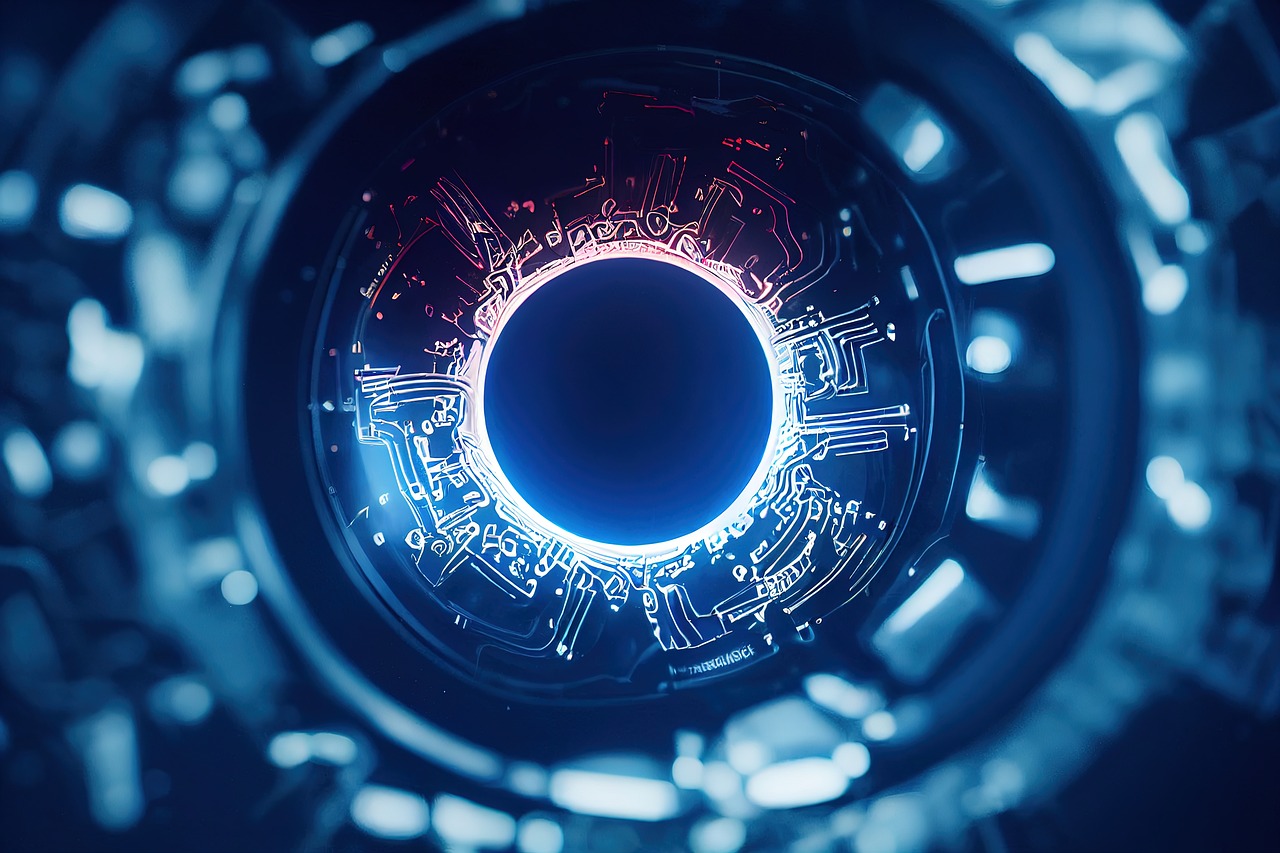Traditional People Counting Systems vs. AI-Powered Smart Cameras: A Comparative Analysis
Dec 4, 2024

People counting technologies have become a critical tool in business and public spaces to analyze customer movements, facilitate crowd management, and make better business decisions. While traditional methods have been in use for many years, AI-powered modern systems have brought a new dimension to this field. This article provides a technical and practical comparison of these two approaches.
Overview of Traditional People Counting Systems
Traditional people counting systems often rely on basic technologies.
- Technical Infrastructure and Features: These systems operate with low-cost hardware such as light barriers, pressure sensors, or simple detectors.
- Applications: They are preferred in small retail stores or low-density areas.
- Limitations and Drawbacks: Low accuracy rates, inability to detect groups of people passing together, and limited data reporting capabilities are the major disadvantages.
The Power of AI-Powered Smart Cameras
Modern AI-based people counting systems provide a more sophisticated approach by leveraging image processing and deep learning technologies.
- Deep Learning Algorithms and Object Detection Technologies: These systems can identify moving objects and individuals in real time.
- Operational Principles: Cameras detect and analyze individual movements to generate detailed reports.
- Role in Industries: It has revolutionized sectors such as retail, transportation, event management, and public safety.
Technical and Practical Comparison
To understand the differences between these two systems, let’s look at some key performance metrics:
- Performance Metrics: Traditional systems have an accuracy rate of around 70%, whereas AI-powered systems achieve over 95%.
- Technological Requirements: AI systems require more complex infrastructure, while traditional systems offer simpler installation.
- Scalability: AI solutions have extensive data processing capabilities and can easily adapt to future needs.
User Perspective and Business Decisions
Businesses need to consider several factors when choosing a system:
- Cost: Traditional systems are initially cheaper, but their limited functionality may reduce cost advantages in the long run.
- Learning Curve and Training Requirements: The implementation of AI systems is more complex and requires staff training.
- User Feedback: AI-powered systems are generally found to be more effective and efficient by users.
Future of People Counting Systems: New Horizons with AI
Evolving AI technologies are making people counting systems even smarter:
- Increasing Role of Autonomous Systems: Fully automated systems minimize human errors.
- Complex Data Analysis: They offer not only counting but also demographic information and behavior analysis.
Conclusion and Recommendations
People counting systems play a significant role in security and operational improvement. While traditional systems are suitable for simple needs, AI-powered systems offer broader applications and higher accuracy. Businesses can evaluate these two options based on their requirements and budgets. However, considering long-term efficiency and scalability, transitioning to AI-powered systems provides substantial advantages.
PixCount is an innovative solution that helps businesses achieve the most efficient results in this field. With AI-powered algorithms, PixCount offers not only people counting but also detailed analysis and reporting. It is an ideal choice to optimize operational processes and access more accurate data. For more information, visit www.pixcount.com.